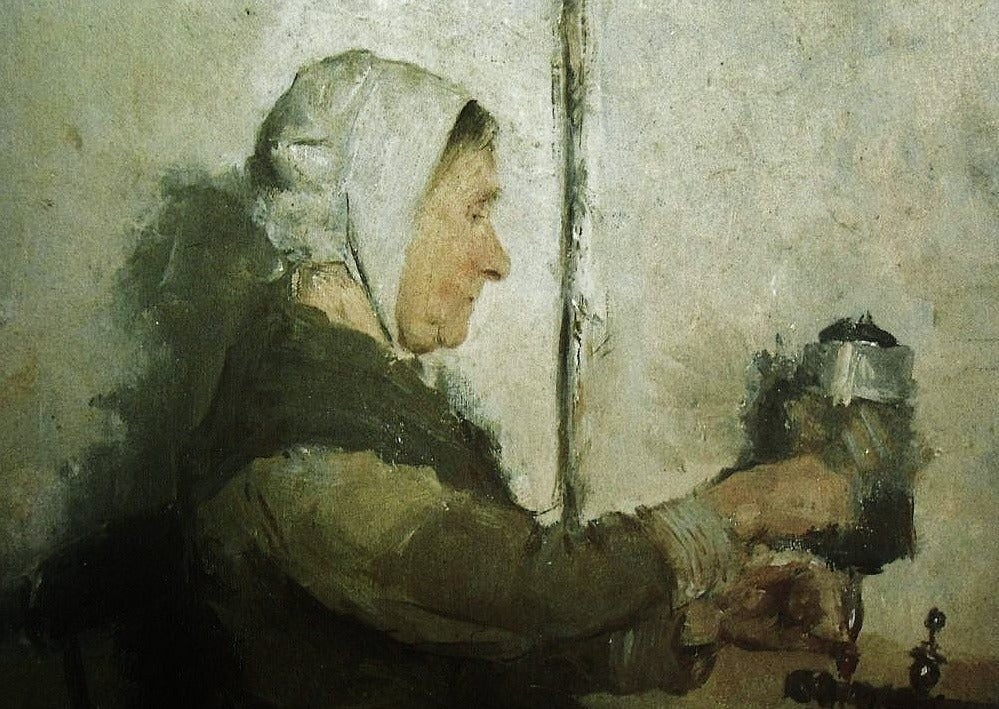Kate Bolick’s Spinster is being called a “book that will inspire fanatical devotion and ignite debate.” Part memoir of singleness, part biography of famously single women, the book is provoking conversation for its exploration of a figure with the power to vex, confuse, and intrigue: a woman who is single by choice. Though Bolick’s book focuses on the lives of famous spinsters (and her own existence as an unattached woman), they have rich company in their less-famous counterparts.
What, exactly, is a spinster? Merriam-Webster defines the term as “an unmarried woman and especially one past the common age for marrying.” But that relatively neutral definition is overshadowed by the word’s use to deride and marginalize women who remain single. In her exploration of the English language’s many sex biases, M. Strauss-Noll notes that “‘bachelor’ and ‘spinster’ are not parallel….There is no such person as an ‘eligible spinster.’ ‘Bachelor’ is often positive. ‘Spinster’ is always negative.” Indeed, the term, which evolved as a word describing a woman who spins wool for fabric, has long been associated with unattractive old maids.
Strauss-Noll’s assessment of a spinster’s worth comes into sharp focus in the work of Claudia Goldin, whose study of the work and wages of single women between 1870 and 1920 reveals that labor-intensive, task-oriented jobs were often reserved for unmarried women. In a workplace that expected women to marry and move on, writes Goldin, men “had a greater incentive to perform efficiently in non-piece rate work and stood more likely eventually to receive ‘prizes’ in the form of promotions and monetary rewards.”
These factors kept rates low for women who remained in the workforce without marrying. In fact, Goldin writes, 75 percent of the white female labor force between 1890 and 1900 were single. (Goldin, like Bolick, focuses largely on the experiences of white spinsters, leaving a gap in the history of spinsters of color.)
Jackie M. Blount calls spinsters “gender transgressors,” women who managed to find lives of independence and autonomy in their work as educators. Hired because of their singleness, not despite it, spinsters were at first considered “high-minded, upstanding pillars of the community” and eventually became cultural icons. But when social hygiene and the study of sexuality came into vogue at the turn of the twentieth century, spinsters came under fire. Suspected of lesbianism and accused of suppressing frustrated sexuality, Blount writes, spinsters were increasingly viewed as “standing outside their conventional gender roles as procreating women.” Admiration turned into villainization as women were forced to defend their single status in a workplace that once welcomed them.
Though many spinsters doubtless fell on the LGBTQ spectrum or were simply unable to find a mate, there was another reason to stay single. Zsuzsa Berend writes that contrary to modern-day beliefs that spinsterhood was the dismissal of traditional marriage values, many nineteenth-century spinsters in fact chose not to marry because they adhered strongly to ideals about traditional marriage. As marriage was elevated and spiritualized, Berend writes, women looked for vocations and occupations rather than betray their own principles about love.
Weekly Digest
“Purity was more than simply chastity: it was also purity of motives,” writes Berend. She notes that many woman deliberately chose to defer or refuse marriage because they were unable to enter into relationships that met their high standards or seemed worth pursuing to the detriment of their often benevolent vocations. Determined to accept “the best or none!,” spinsters chose alternatives instead—differences that still captivate writers like Bolick and a public that doesn’t know quite what to make of a woman who doesn’t marry.







